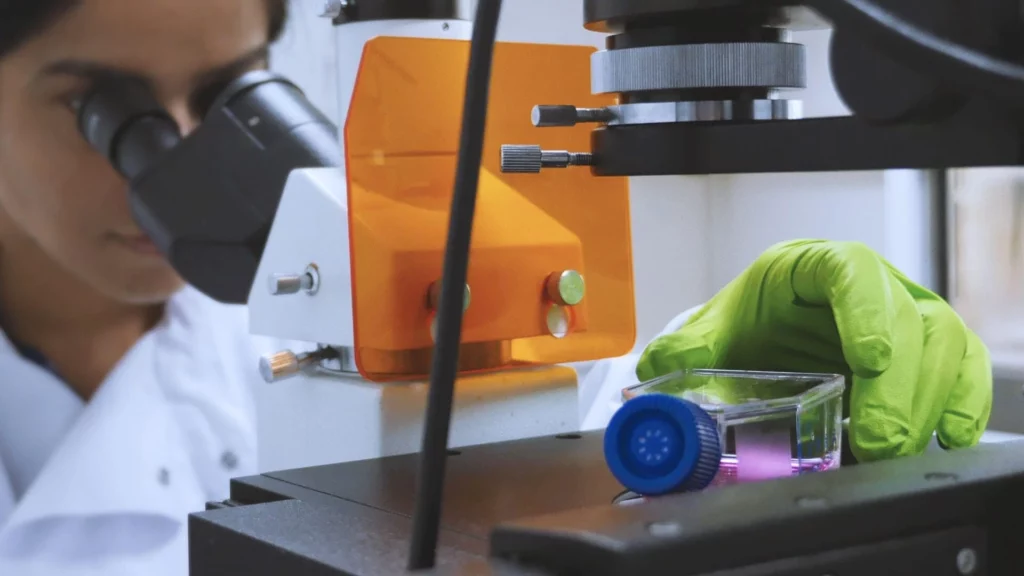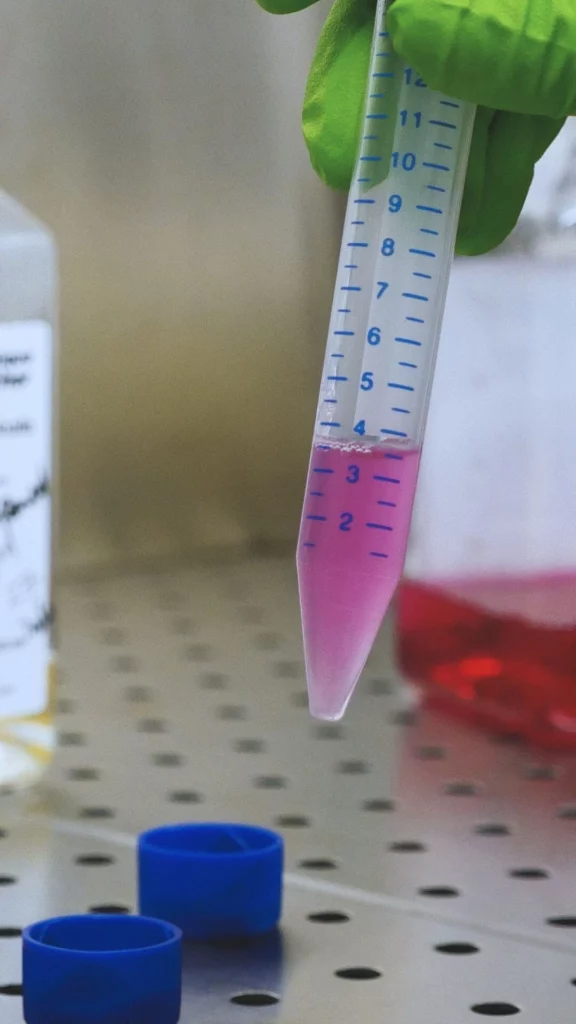Subia Bano & tumor microenvironment
Publication Date
Keywords
tumor microenvironment
multi-drug resistance
cancer metastasis
drug/gene delivery
tissue engineering
cellular behavior
Your microfluidic SME partner for Horizon Europe
We take care of microfluidic engineering, work on valorization and optimize the proposal with you
My microfluidic career – tumor microenvironment
What can you achieve with microfluidics? What are the practical applications of microfluidics to a field of research, and how could microfluidics help your research career?
We asked our research team for you. My Microfluidic Careers pages give you a realistic, no-frills idea of various projects that can benefit from microfluidics.

Subia Bano worked on the Marie-Curie-IF MTOAC project, which has received funding from the European Union’s Horizon 2020 research and innovation programme under the Marie Sklodowska-Curie grant agreement No 795754.
What is the most interesting thing about your project?
Breast cancer is the most common invasive cancer among women. There are several chemotherapeutic and radiotherapeutics approaches are available but they have certain limitations.
Over the past few years, improved understanding of the microenvironment heterogeneity of breast cancer has allowed the development of more effective treatment strategies. However, researchers have still not been able to recapitulate the entire tumor microenvironment to study the tumor progression and invasion.
In this way, more complex in vitro and in vivo cancer models have been developed. These tumor models have certain limitations.

In this direction, the breast tumor-on-chip model has emerged as an alternative system to study the tumor microenvironment and decipher its role in metastasis. The tumor-on-chip system mimics the exact in vivo conditions by controlling the user’s defined environmental parameters and the mechanical and biological signals generated by neighboring cells.
This technique will provide a more realistic environment for chemo-sensitivity assay, evaluating the effectiveness of drug delivery, and understanding the possibility and potential of multi-drug resistance and cancer metastasis.
How did you transition from your previous research field to microfluidics?
Previously, I was working on tissue engineering, biomaterials, drug/gene delivery systems to evaluate drug efficacy in 2D and 3D in vitro cancer model.
Microfluidics technology overcomes certain limitations by generating a better tumor microenvironment than conventional 2D and 3D culture systems. The microfluidics system will mimic the most precise physiological conditions similar to in vivo by generating the precise fluidic flow that may induce the mechanical and biological signal generated by cancer and neighboring cells.
By utilizing this expertise, we will be able to improve drug testing efficiency more precisely, which will facilitate challenging drug development and expensive drug testing for cancer therapeutics.

On this project, what are you doing that would be impossible without microfluidics?
The pharmaceutical industry typically depends upon the traditional tissue culture flask and animal model to investigate the breast cancer etiology and development of new drug.
These models are inexpensive and showing high degree of reproducibility but they may not be able to mimic the actual tissue heterogeneity of breast tumor microenvironment.

Microfluidic systems emerged as an alternative in vitro technology to investigate the mechanism behind cancer progression and metastasis. They can also be used to predict drug efficacy under controlled fluidic flow conditions. With the microfluidic chip, a 3D tumor microenvironment is created by using collagen hydrogel to mimic the in vivo environment in which the cancer cell is surrounded by neighboring fibroblasts and endothelial cells.
This microchip has concentration gradient generation and a preferable platform of co-culture to study the tumor-stromal interactions. This allows better examination of important characteristics of cancer progression, such as biochemical and biophysical properties and tumor invasion, and may provide a possible therapeutic approach in a controlled microenvironment.
How does this project push back the current state of the art?
To overcome the problems associated with in vitro 2D culture and animal models, the tissue engineering and pharmaceutical fields focus on more advanced technology, such as microfluidics.
Microfluidic systems enable enhanced dynamic control over the cellular microenvironment within on-chip tissue models, such as providing nutrients, growth factors, and mechanical and biochemical cues to the surrounding cells and regulating cellular behavior.
They have great potential for the investigation of basic mechanisms of organ physiology and disease. They are particularly well suited to studying biological phenomena that depend on tissue microarchitecture and perfusion.
This microfluidic device creates a uniquely accurate method for replicating the tumor microenvironment and will be utilized to understand the drug response to the human body.

Curious about the MTOAC project and Subia’s work? Have a look at the review on tumor-on-chip systems for breast cancer research and MTOAC project page.